At the moment I’m recovering from a bad cold, today is the first time I’ve felt like logging on and I am catching up with my reading.
One thing on this weeks UK MSDN news cast (Note: guys at MSDN Ireland I read your email as well!!) was Microsoft Codename "Astoria".
With more and more applications being written using AJAX and Silverlight, there needs an easy way of getting the data used by the client side code which is then rendered to the client.
One way to do this is with SOAP and web services, however this can become difficult with creating the HTTP payload that needs to sent and there can be some interop issues when different clients all try and use then same data source. Do not get me wrong, for large B2B applications SOAP, Web Services and WS-* are still the way forward, but when you are looking for a light-weight system then you need to look at a different solution.
A fair few years ago a technique using URLS, HTTP and XML called Representational State Transfer (REST). This technique uses simple HTTP verbs (Get, Put, Delete etc.) with conjunction with queries being built up and sent in urls for example
http://myserver/company would get summary information about all the companies
http://myserver/company/Novosco would get detailed information about a specific company.
Each query would then return either XML or even JASON (which is data simply delimitated which can be easily parsed by technology such as JavaScript.
When I did look REST 3 years ago they wasn’t really set ways structuring the queries and where I did contemplate writing a .Net version I didn’t have enough time on the project I was on at the time.
Astoria http://astoria.mslivelabs.com/Default.aspx (currently in CTP) is Microsoft REST-like implementation technology which you can easily expose data sets to the net and like REST used URLS, HTTP.
An Astoria query looks like
http://myserver/data.rse/Customers
http://myserver/data.rse/Customers%5BNovosco%5D
Microsoft have put up a series of examples and documentation on the Astoria site as well as a sandbox that you can try out the technology.
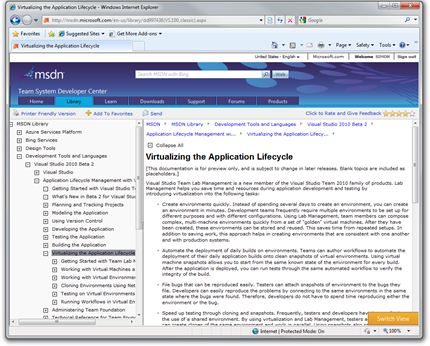
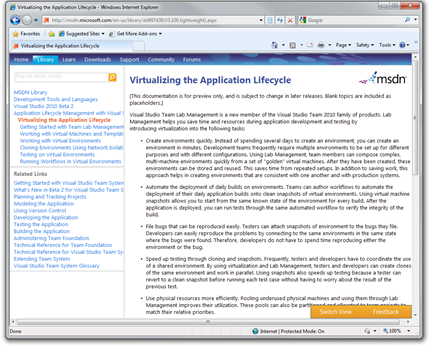
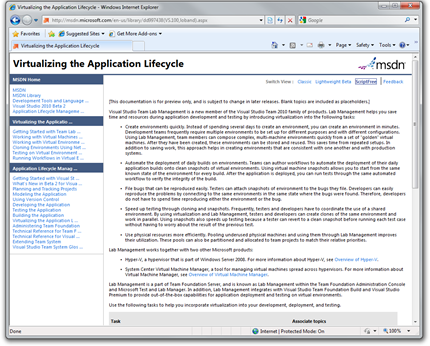
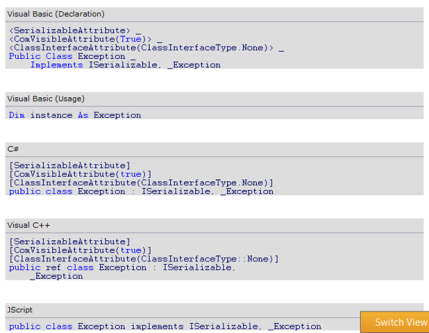

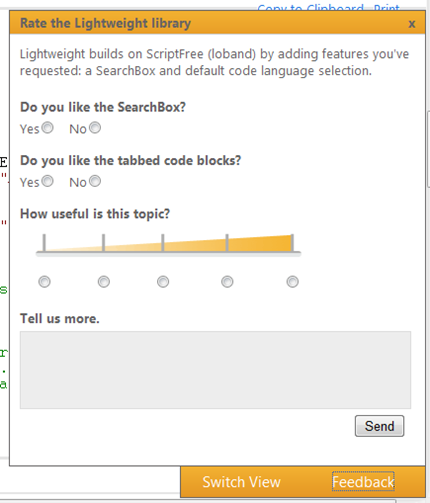

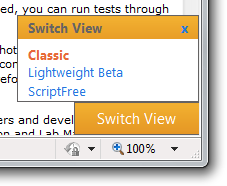

.gif)
.gif)